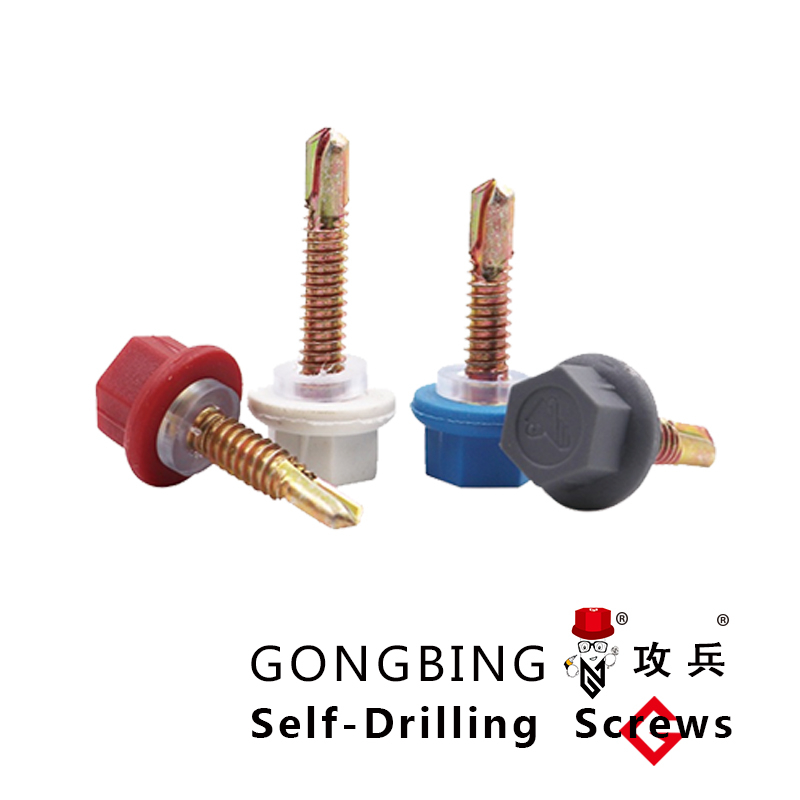steel bracing
The Role of Steel Bracing in Structural Engineering
Steel bracing is a critical component in modern structural engineering, playing a significant role in enhancing the stability and integrity of buildings and bridges. As urbanization continues to rise and the demand for robust infrastructures increases, understanding the importance of steel bracing becomes essential for architects, engineers, and project managers alike.
Understanding Steel Bracing
Steel bracing refers to systems of steel elements that provide lateral support to structures. These braces can take various forms, including X-bracing, K-bracing, and V-bracing, each designed to counteract lateral forces that may arise from wind, earthquakes, and other dynamic loads. By connecting various parts of a structure, bracing systems help to distribute these forces evenly, preventing structural failure or excessive deformation.
Bracing is typically incorporated into the design of high-rise buildings and long-span structures to overcome challenges posed by vertical loads and lateral forces. By adding stiffness and reducing sway, steel bracing is integral to the overall performance and safety of structures.
The Importance of Steel Bracing
The primary function of steel bracing is to provide structural stability. In regions prone to seismic activity, for instance, buildings must be designed to withstand significant lateral forces. Steel bracing acts as a protective element, allowing buildings to flex and absorb energy during seismic events, thereby preventing catastrophic collapse.
Moreover, in windy areas, the use of steel bracing helps to reduce the sway of tall buildings, improving comfort for occupants and ensuring safety. Even moderate winds can exert substantial forces on high-rise buildings, and without effective bracing systems, buildings may experience distress that could lead to long-term damage.
Design Considerations
When integrating steel bracing into a structure, several design considerations must be taken into account. Engineers must evaluate the specific load requirements, the type of bracing suitable for the application, and the materials used in construction. The choice of bracing should align with the overall architectural vision while ensuring compliance with local building codes and safety regulations.
steel bracing

Additionally, engineers must consider the aesthetic implications of bracing systems. While functionality is paramount, modern architecture often seeks to balance structural elements with visual appeal. Innovative designs may incorporate exposed bracing as a design feature, celebrating the structural elements while providing the necessary support.
Advantages of Steel Bracing
One of the chief advantages of steel bracing is its high strength-to-weight ratio. Steel provides substantial strength while being relatively lightweight compared to other materials, making it an efficient choice for bracing systems. This characteristic allows for simplified construction processes and can also reduce foundation requirements.
Furthermore, steel bracing systems can be prefabricated and easily transported to the construction site. This modular approach not only speeds up project timelines but also minimizes on-site labor costs. The adaptability of steel bracing makes it suitable for various types of buildings, from residential homes to commercial skyscrapers.
Challenges and Future Trends
Despite its advantages, designing with steel bracing presents challenges, such as potential corrosion and fatigue over time. Engineers must ensure that bracing systems are appropriately maintained and periodically inspected to guarantee long-term reliability.
Looking ahead, advances in technology and materials science are expected to revolutionize the field of steel bracing. Innovations such as smart materials and lightweight alternatives may enhance the performance and versatility of bracing systems. Additionally, as sustainability becomes increasingly important, the integration of eco-friendly practices in the production and use of steel will likely shape future designs.
Conclusion
In conclusion, steel bracing is an indispensable element in the field of structural engineering, ensuring the stability and safety of a wide array of structures. As we continue to develop taller and more intricate buildings, the role of steel bracing will remain vital. By understanding its principles and advantages, engineers can design safer, more efficient structures that not only meet functional requirements but also contribute to the aesthetic value of our urban environments.
-
Weatherproof Plastic Expansion Anchors for OutdoorNewsJun.06,2025
-
Sustainability in the Supply Chain: Eco-Friendly TEK Screws ProductionNewsJun.06,2025
-
Load-Bearing Capacity of External Insulation FixingsNewsJun.06,2025
-
Double Head Bolts: Enhancing Efficiency in Industrial MachineryNewsJun.06,2025
-
Corrosion Resistance in Chipboard Screws: Coatings for Wholesale DurabilityNewsJun.06,2025
-
Butterfly Toggle Bolts : Enhancing Structural ResilienceNewsJun.06,2025
